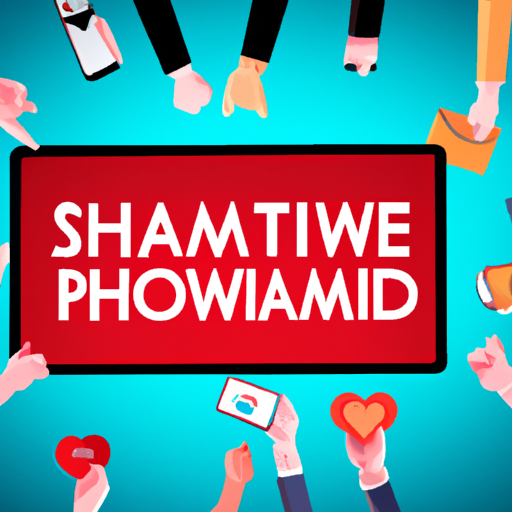Introduction
Interactive marketing has become a crucial strategy for businesses looking to boost their brand’s engagement. In today’s digital age, where consumers are constantly bombarded with advertisements and marketing messages, it is essential to find innovative ways to capture their attention and create meaningful interactions. This blog article will explore the concept of interactive marketing and provide valuable insights on how it can help elevate your brand’s engagement.
What is Interactive Marketing?
Interactive marketing refers to any marketing strategy that encourages active participation from the target audience. Unlike traditional marketing methods that rely on one-way communication, interactive marketing aims to create a two-way conversation between the brand and the consumer. It involves using various digital tools and platforms to engage with customers, such as quizzes, polls, contests, games, and interactive videos.
The Benefits of Interactive Marketing
1. Increased Engagement: Interactive marketing allows brands to capture the attention of their audience by providing an interactive and immersive experience. This leads to higher engagement rates and a deeper connection with the brand.
2. Enhanced Brand Awareness: By implementing interactive marketing strategies, brands can create memorable experiences that are more likely to be shared on social media platforms. This, in turn, increases brand visibility and awareness among a wider audience.
3. Personalized Customer Experience: Interactive marketing enables brands to gather valuable data about their customers’ preferences, behaviors, and interests. This data can be used to tailor personalized marketing campaigns, resulting in a more relevant and engaging customer experience.
4. Improved Conversion Rates: When customers actively participate in interactive marketing campaigns, they are more likely to develop a sense of trust and loyalty towards the brand. This, in turn, increases the chances of converting them into paying customers.
Implementing Interactive Marketing Strategies
1. Gamification: Incorporate elements of gamification into your marketing campaigns to make them more interactive and enjoyable. This can include quizzes, challenges, or rewards for completing certain actions.
2. Social Media Contests: Organize contests on social media platforms to encourage user participation and generate buzz around your brand. Offer attractive prizes to incentivize engagement and ensure that the contest rules are clear and easy to follow.
3. Interactive Videos: Create interactive videos that allow viewers to make choices or interact with the content. This not only keeps the audience engaged but also provides valuable insights into their preferences and decision-making process.
4. Personalized Surveys and Polls: Conduct surveys and polls to gather feedback from your audience. This not only helps in understanding their preferences but also makes them feel valued and involved in the brand’s decision-making process.
Conclusion
In today’s competitive business landscape, interactive marketing has emerged as a powerful tool to boost brand engagement. By implementing interactive strategies, brands can create memorable experiences, increase customer engagement, and ultimately drive conversions. So, leverage the power of interactive marketing and take your brand’s engagement to new heights.
